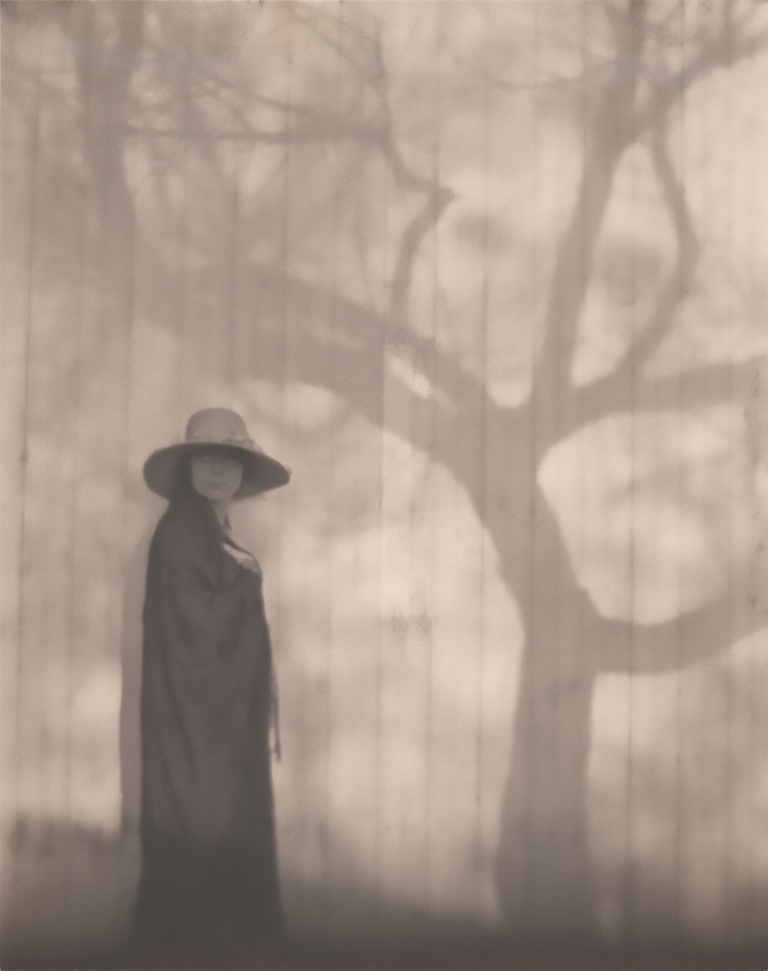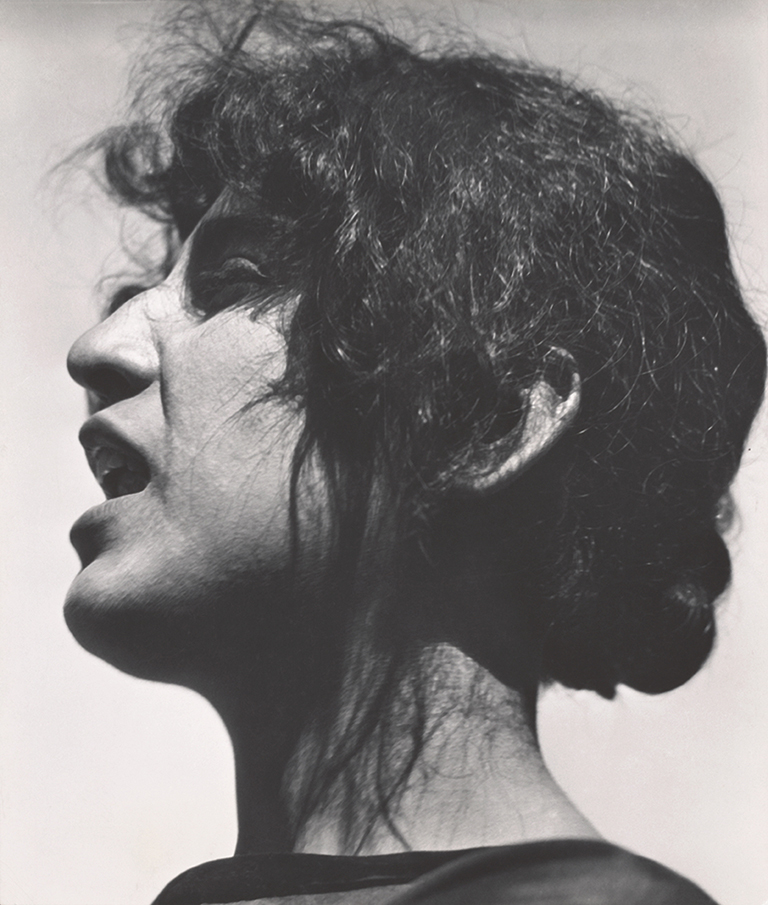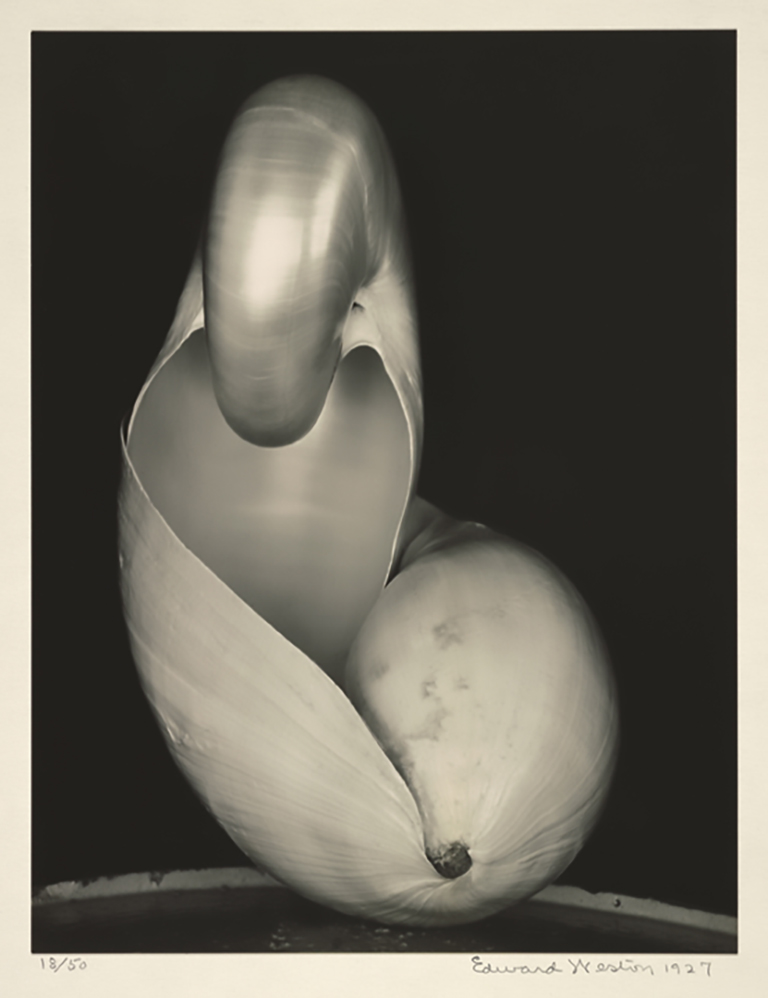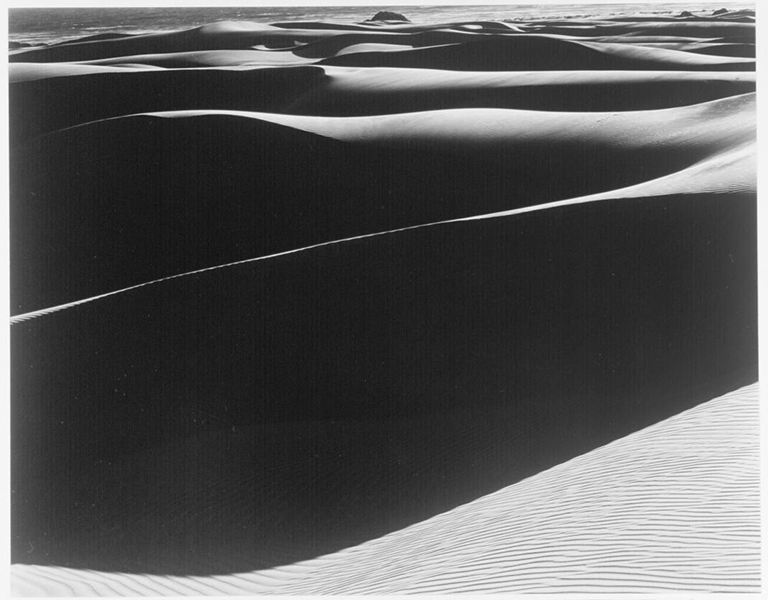![Edward Weston Nude [Desnudo],1936 Center for Creative Photography, The University of Arizona. Gift of the Estate of A. Richard Diebold, Jr. © Center for Creative Photography, Arizona Board of Regents](https://kbr.fundacionmapfre.org/wp-content/uploads/2025/03/weston-768.jpg)
Edward Weston
Nude, 1936
Center for Creative Photography, The University of Arizona. Gift of the Estate of A. Richard Diebold, Jr.
© Center for Creative Photography, Arizona Board of Regents
Edward Weston
The Matter of Shapes
From 12 June to 31 August 2025
Discover the exhibition
Strongly linked to the landscape and North American cultural history, Weston’s work, in its extreme simplicity and originality, allows us to discern a unique perspective in the process of consolidating photography as an artistic medium and its significant role within the context of modernity in the visual arts. The exhibition Edward Weston. The Matter of Shapes is conceived as a retrospective that traces the different phases of the artist’s photographic production, from his initial interest in Pictorialist approaches to his consolidation as one of the central figures affirming the poetic and speculative value of Straight Photography.
A pioneer in the use of a modern photographic style, his work is characterized by the use of large-format cameras, producing richly detailed black-and-white images of extraordinary sharpness. His mastery of technique, combined with his love for nature and form, resulted in a body of work highlighting iconic images of still lifes, nudes, landscapes, and portraits. Co-founder of Group f/64, his images are key to understanding the new aesthetics and new American lifestyle that emerged in interwar United States.
The exhibition consists of around two hundred photographs, grouped together with other documentary materials into seven sections. The display is conceived as a European perspective on the legacy of modern North American photography, offering an aesthetic and conceptual counterpoint to the modern photography that emerged in Europe with the early avant-garde movements.
Exhibition organized with the support of the Center for Creative Photography at the University of Arizona, Tucson.
Curator: Sergio Mah
The Emancipation of Photography
Figuration and Abstraction
“An idea, just as abstract as could be conceived by a sculptor or painter, can be expressed through ‘objective’ recording with the camera, because nature has everything that can possibly be imagined by the artist: and the camera, controlled by wisdom, goes beyond statistics.”
Edward Weston
Where?
KBr Fundación MAPFRE
Avenida Litoral, 30 – 08005 Barcelona
Times
Tuesday to Sunday (and holidays): from 11:00 a.m. to 7:00 p.m.

Prologue to a Sad Spring, 1920
Center for Creative Photography, The University of Arizona. Johan Hagemeyer Collection / Adquisició
© Center for Creative Photography, Arizona Board of Regents

Guadalupe Marín de Rivera, 1924
Center for Creative Photography, The University of Arizona. Edward Weston Archive
© Center for Creative Photography, Arizona Board of Regents

Two Shells, 1927
Center for Creative Photography, The University of Arizona. Edward Weston Archive
© Center for Creative Photography, Arizona Board of Regents

Dunes, Oceano, 1936
Center for Creative Photography, The University of Arizona.
Edward Weston Archive
© Center for Creative Photography, Arizona Board of Regents
Edward Weston
